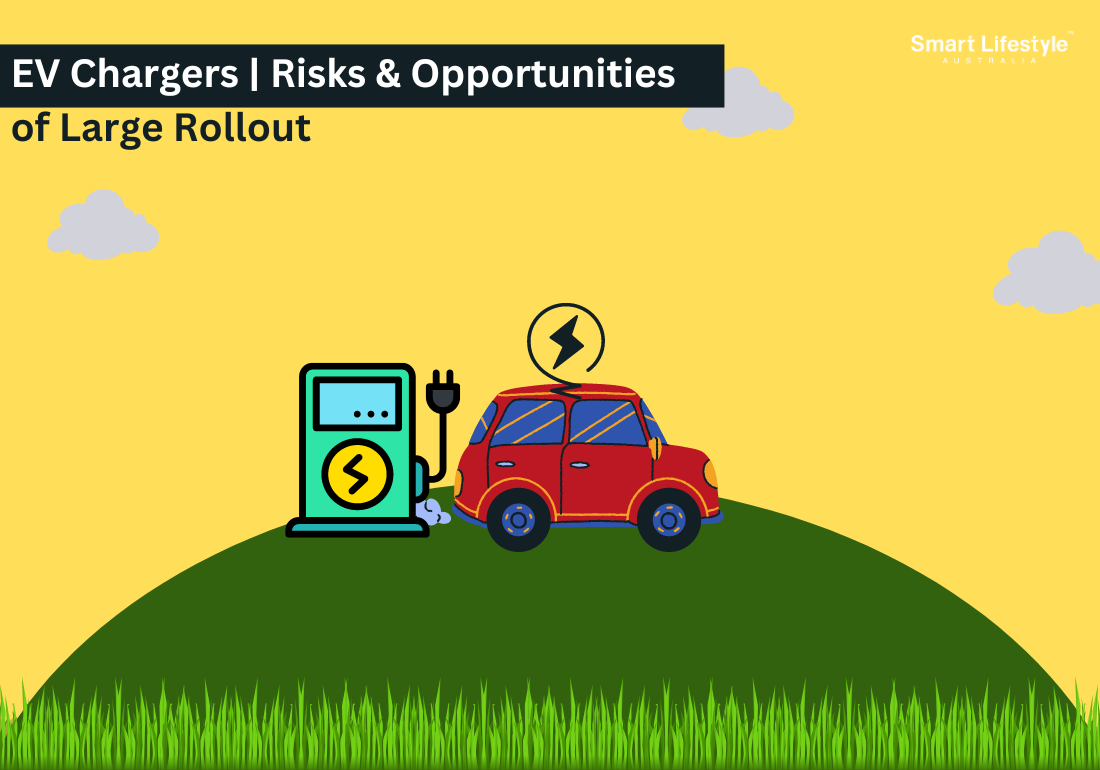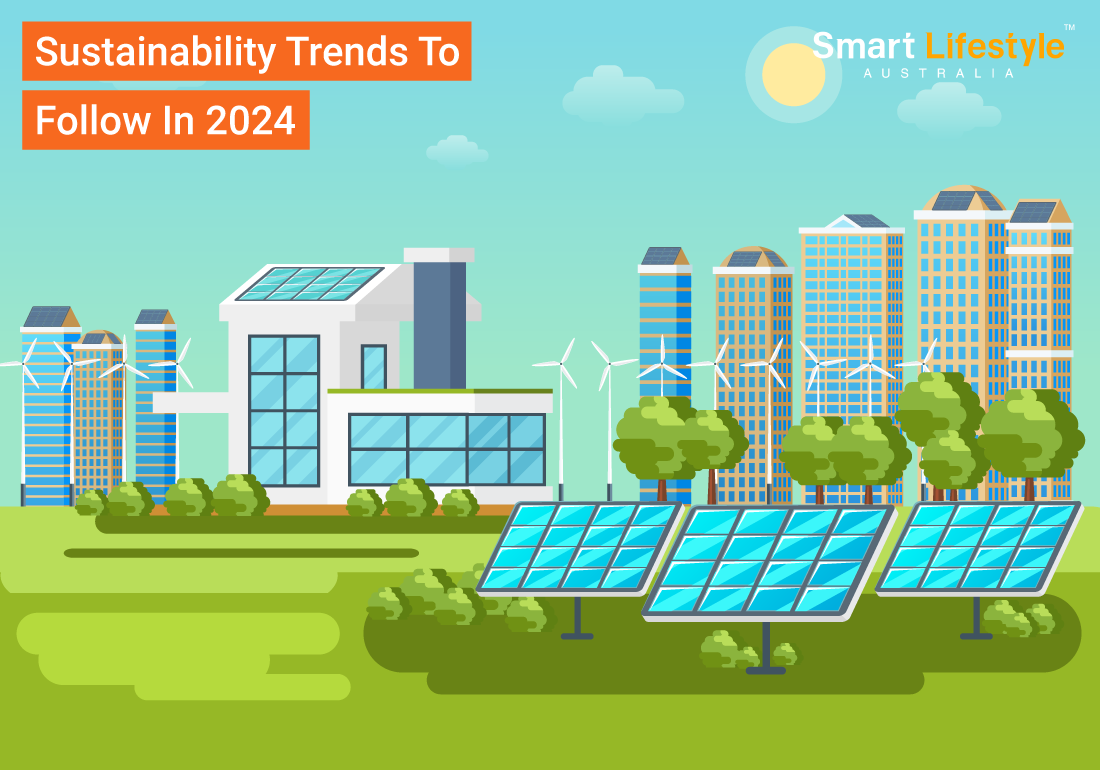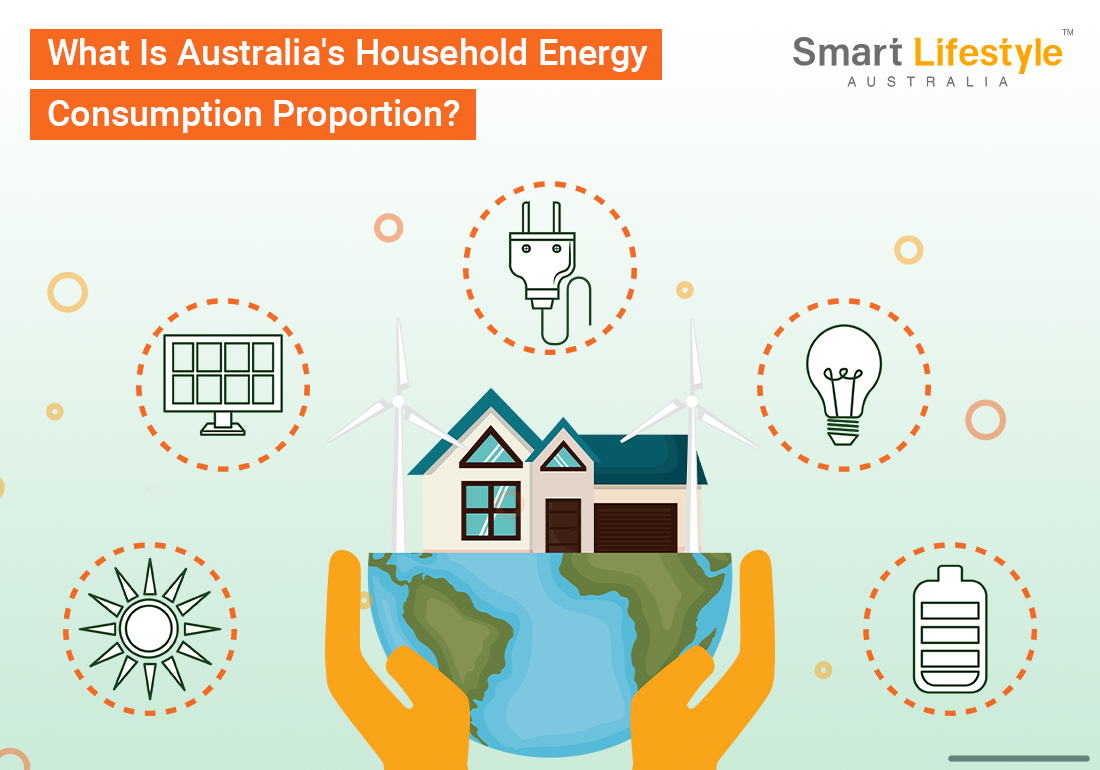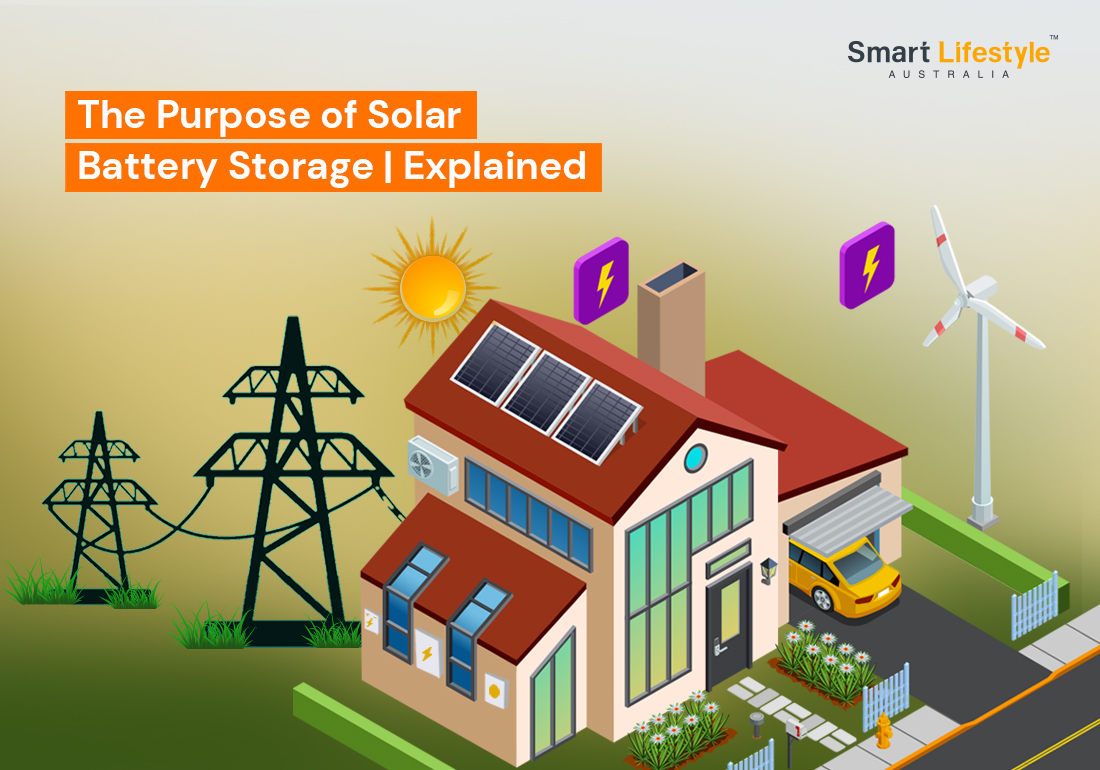In an era of increasing environmental consciousness and the urgent need to combat climate change, electric vehicles (EVs) have emerged as a promising solution to revolutionize the transportation sector. As the world shifts towards sustainable mobility, the adoption of EVs presents both challenges and remarkable opportunities with regards to their environmental impact. In this blog, we will explore the multifaceted landscape of embracing electric car, analyzing the challenges that need to be addressed and the opportunities that lie ahead in our collective quest for a cleaner and greener future.
By delving into the complexities of EV adoption, we can gain insights into how individuals and societies can effectively navigate the transition, unlocking the full environmental potential of electric vehicles. Let us now embark on a journey to understand the challenges we face and the opportunities we can seize as we embrace electric vehicles as a transformative force for a sustainable tomorrow.
How Does the EV Charger Work – Explained Simply
- Power Supply: The EV charger is connected to a power supply, typically the electrical grid or a renewable energy source like solar panels or wind turbines.
- AC/DC Conversion: The power from the grid is usually in the form of alternating current (AC), but the vehicle’s battery requires direct current (DC) to charge. The EV charger’s internal components include an AC/DC converter that converts the AC power from the grid into DC power that can be used by the vehicle.
- Charging Cable and Connector: The EV charger is equipped with a charging cable and connector, which are plugged into the vehicle. The connector can vary depending on the charging standard, such as CCS (Combined Charging System), CHAdeMO, or Type 2 (Mennekes).
- Communication: The charger and the vehicle communicate with each other through a communication protocol. This allows them to exchange information such as the battery’s state of charge, charging capabilities, and safety features.
- Power Regulation: Once the charger is connected to the vehicle, it initiates a handshake to establish a safe and efficient charging session. The charger communicates with the vehicle to determine the maximum charging power and adjusts the charging rate accordingly. This ensures that the charging process aligns with the capabilities and specifications of the vehicle’s battery system.
- Charging Process: The charger supplies the DC power to the vehicle, which flows into the battery pack through the charging cable. The vehicle’s onboard charger manages the distribution of the incoming power, monitors the battery’s temperature, and regulates the charging process to prevent overcharging or overheating.
- Charging Monitoring: Throughout the charging session, the charger and the vehicle continuously monitor the charging process. They exchange data to track the state of charge, charging time, and other relevant parameters. Some chargers and vehicles also have built-in features that allow users to monitor and control the charging process remotely through smartphone apps or online platforms.
- Charging Completion: When the battery reaches its maximum capacity or when the charging session is manually interrupted, the charger stops supplying power to the vehicle. This ensures that the battery is not overcharged, maintaining its longevity and safety.
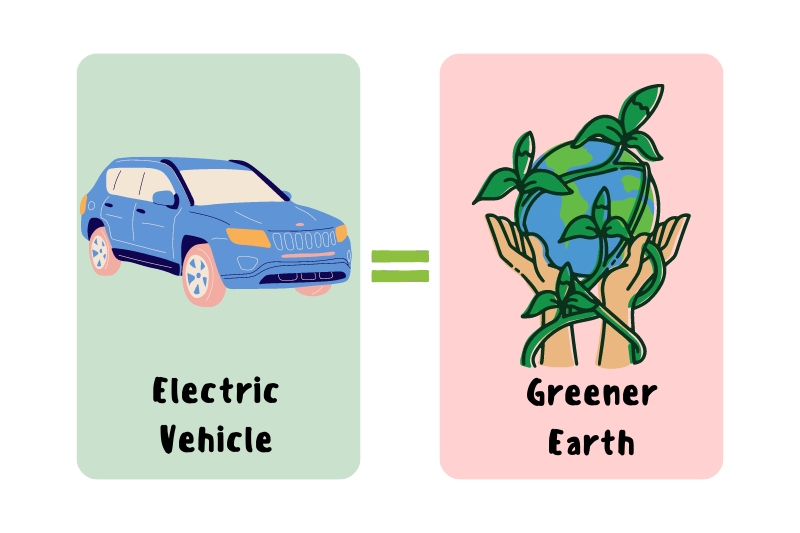
It’s important to note that there are different types of EV chargers with varying power levels and charging speeds. These include Level 1 (110-120V AC), Level 2 (240V AC), and Level 3 (DC fast charging) chargers, each with their own charging capabilities and compatibility with different vehicle models.
Overall, EV chargers provide a convenient and efficient way to recharge electric vehicles, enabling users to power their vehicles with electricity and reduce their reliance on fossil fuels.
Challenges And Opportunities of People Adopting to Electrical Vehicle
Challenges
1.1. Limited Charging Infrastructure
Range anxiety, the fear of running out of charge without access to a EV charging station, remains a concern for potential EV buyers. To alleviate this anxiety and encourage EV adoption, it is crucial to establish a robust charging network that provides convenient access to charging stations in residential areas, workplaces, public spaces, and along major transportation routes.
Expanding the charging infrastructure requires collaboration between governments, utility companies, and private stakeholders. Investments in charging infrastructure deployment, such as the installation of charging stations and upgrading the electrical grid, are essential to create a reliable and extensive network. Public-private partnerships and incentives can play a vital role in accelerating the development of charging infrastructure.
Furthermore, the deployment of fast-charging stations, also known as DC fast chargers, can significantly enhance the convenience of EV ownership. These chargers can rapidly recharge EV batteries, enabling longer trips and reducing charging time for drivers.
1.2. Grid Overload
Introducing a large number of EV chargers could put stress on the power grid, especially in regions with limited infrastructure. The simultaneous charging of numerous vehicles in a localized area may exceed the capacity of the grid, leading to power outages or blackouts. To address this risk, careful planning, load management, and grid upgrades are necessary.
1.3. Cybersecurity Concerns
As EV chargers become more connected and integrate with various digital platforms, the risk of cybersecurity breaches increases. Unauthorized access to charging infrastructure could compromise user data, disrupt charging services, or even cause physical harm. Implementing robust cybersecurity measures and adopting industry standards will be crucial to safeguarding against these risks.

Opportunities
2.1. Economic Growth and Job Creation
The large-scale rollout of EV chargers presents significant opportunities for economic growth and job creation. Building, installing, and maintaining charging infrastructure will require skilled workers, stimulating employment in various sectors. Additionally, the rise of EVs will create demand for new services, such as charging station operators, battery recycling, and energy management, fostering entrepreneurial opportunities.
2.2. Enhanced Grid Stability
The integration of EV chargers into the power grid can contribute to grid stability. With smart charging solutions, EVs can provide valuable grid services by storing and releasing electricity during peak demand periods, leveling out load imbalances. This vehicle-to-grid (V2G) technology allows EVs to become mobile energy storage units, improving grid resilience and reducing the need for additional power generation capacity.
2.3. Sustainable Energy Integration
The widespread deployment of EV chargers presents an opportunity to integrate renewable energy sources into the charging infrastructure. Solar panels and wind turbines can be coupled with charging stations, allowing EVs to be charged with clean, green energy. This synergy can accelerate the transition towards a decarbonized transportation sector and further reduce greenhouse gas emissions.
2.4. Energy Efficiency
EVs are generally more energy-efficient than internal combustion engine vehicles. Electric motors convert a higher percentage of the energy from the battery into propulsion, resulting in less wasted energy. This increased efficiency contributes to a more sustainable and resource-efficient transportation system.
2.5. Lifecycle Analysis and Sustainability
As EV adoption increases, more attention is being given to assessing the overall environmental impact of EVs throughout their lifecycle. This includes evaluating the environmental consequences of battery production, use, and end-of-life management. Such analysis helps identify areas for improvement and promotes sustainable practices.
Tesla Cars - The Brand Which Made Electronic Vehicles So Popular
When it comes to electronic vehicles (EVs), Tesla has undoubtedly played a significant role in popularizing the industry. As a company founded in 2003 by Martin Eberhard and Marc Tarpenning, Tesla Motors, now known as Tesla, set out on a mission to accelerate the world’s transition to sustainable energy.
First and foremost, Tesla’s commitment to the environment has struck a chord with many people. As the world becomes more conscious of climate change, Tesla’s zero-emission electric vehicles have become a symbol of sustainability. By driving a Tesla, individuals can feel like they’re making a positive impact on the planet.

Another reason for Tesla’s popularity is its strong brand reputation. When you think of Tesla, words like “innovation,” “technology,” and “luxury” come to mind. Tesla vehicles are seen as cutting-edge and futuristic, appealing to those who want to be at the forefront of automotive advancements. Plus, the sleek and stylish designs of Tesla cars contribute to their appeal.
Of course, the long-range capabilities of Tesla vehicles cannot be ignored. One of the major concerns people had about EVs was their limited driving range. Tesla addressed this by developing cars that can go long distances on a single charge. This achievement has alleviated “range anxiety” and made Tesla vehicles a practical choice for everyday driving and even long road trips
Tesla’s investment in battery technology has also been a game-changer. They’ve worked closely with battery suppliers to push the boundaries of energy density, range, and charging speed. Their battery packs are known for their efficiency and performance, giving Tesla cars an edge over competitors.
Lastly, the charismatic and visionary leadership of Elon Musk has undoubtedly contributed to Tesla’s popularity. Musk’s passion for renewable energy, his ambitious goals, and his ability to captivate the public’s attention have made Tesla an exciting brand to follow. He has become a figurehead for the company, and his influence has helped shape Tesla’s image and draw people towards the brand.
So, when you combine Tesla’s environmental focus, strong brand reputation, early entry into the market, long-range capabilities, technological advancements, and Elon Musk’s leadership, it’s no wonder Tesla has become such a popular choice for electric vehicles!
